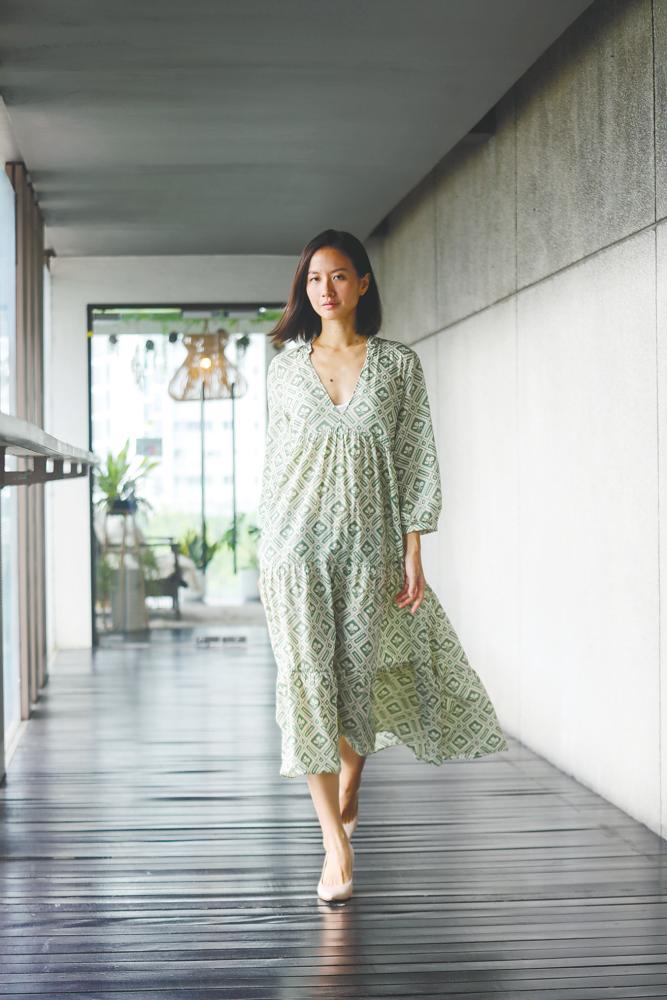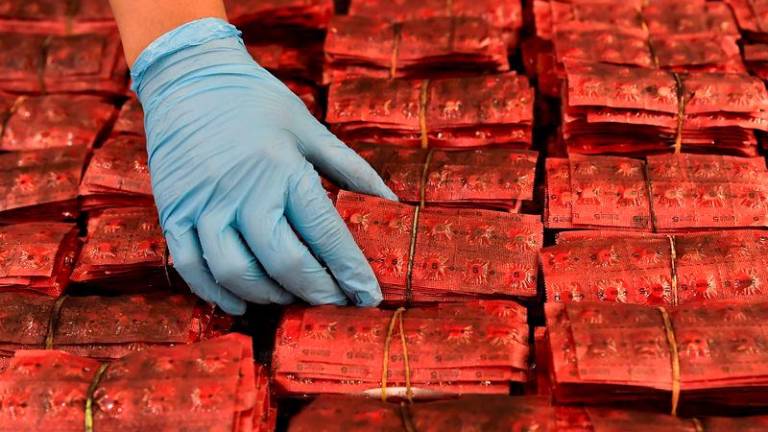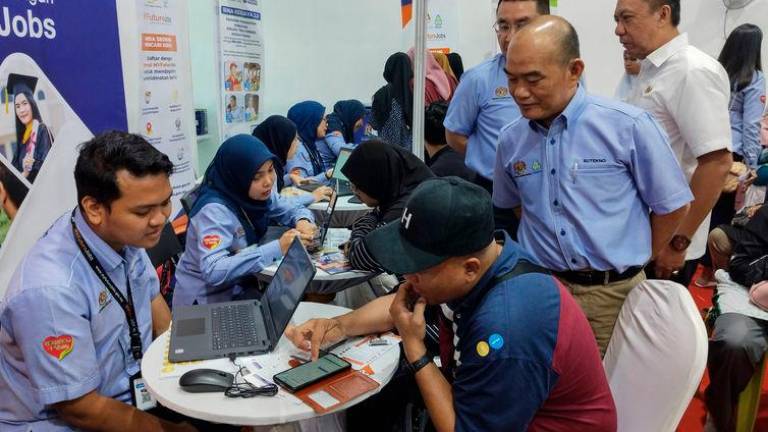Have you ever walked around a shopping complex or scrolled down a shopping app, fallen in love with a dress and made an impulse purchase? Did you stop and think about where it ends up eventually or how it was made in the first place?
We do not pause to think about the condition or safety of developing country workers in a garment factory in remote villages, or where old clothes are disposed.
Actually, clothes that do not land in someone’s pretty wardrobe end up in landfills, polluting the environment.
Former shopaholic turned climate change and sustainability advocate Melissa Tan used to spend her time and money in shopping malls trying “to score the next best sale”.
She is now a firm advocate for sustainability.
“Everyone was susceptible to this thinking, that we could shop our way to happiness,” she observed.
“But when I go back to my wardrobe, I have this overwhelming feeling that no matter how much I buy, I still feel that there is nothing to wear. I thought that I’ll just go out and buy more while trying to de-clutter the wardrobe at the same time.”

Disposable culture
“Earlier, it was about following the ‘trend’. Now, it’s more like following the next ‘micro’ trend. Shoppers are buying more and throwing them away faster than ever before. To make it worse, we are now in a time when clothes are worn once and ditched after a photograph goes up on Instagram. The same clothes can’t be worn again,” lamented the 36-year-old model.
“Cheap and trendy clothes are easily disposable. Instead of understanding who they are and how they like to dress, people are looking at social media pages and thinking they must look just like that.”
Tan soon had the epiphany that the clothes were just the same designs repeated in greater volumes and of poorer quality.

Tempting marketing strategies
Every year, fashion experts will tell us to get a whole new wardrobe. So, where do last year’s clothes go?
“People will try to donate them or pass them around. In the end, the clothes end up in landfills. The world makes 100 to 150 billion pieces of clothing per year, but where does the waste go? Donations are not the solution.”
Tan said the reality is a high percentage lands up in landfills and only a small number is salvaged or reused. She cited Atacama Dessert, which was once a tourist destination that is now turning into a dumping zone for discarded clothes.
“Whether donated or pre-loved, clothes are exported to developing countries for sale and eventually dumped at their landfills instead of the country of origin.”

Unsafe working conditions
Tan asks that fashionistas take a closer look at how garments are made in developing countries. It appears that fashionable clothes are made in a very “unfashionable way”.
Workers toil for long hours for meagre wages in unsafe environments while manufacturers disregard safety standards and expose employees to dangerous chemicals that could cause health problems.
Low production costs mean a low price tag on a dress. So, some turn a blind eye to employee safety and working conditions.
“The real issue is overproduction and over consumption. We need to ask us ourselves pertinent questions such as: ‘Who is making my clothes and were they made in safe working conditions with fair pay and was the production process environmentally responsible?’
“We need to ask ourselves if we really need so many clothes and how we can change our relationship with our clothes.”
Be a part of a revolution
Rana Plaza, a garment factory in Bangladesh collapsed more than 10 years ago, killing over a thousand workers. In the wake of that tragedy, “Fashion Revolution” was founded to advocate ethical and fair practices. It is the world’s largest fashion activism movement and brings together communities in 75 countries.
Tan is the country coordinator of Fashion Revolution Malaysia, which runs the Fashion Revolution Week with activities such as clothes swapping, community circle interaction and workshops, crafted around the aim of building a culture of slow and circular fashion.
“Fashion Revolution wants people to be a part of a revolution to demand a better and safer world and for people in the garment industry and changing our relationship with fashion. People are buying clothes because it is cheap, due to impulse and because they fell for clever marketing strategies. Besides, they are fascinated by what they see on social media and try to replicate everything. We are all playing a part in perpetuating a culture. We should instead become a spotlight or an influence to make a change, explore alternative ways and be more stylish,“ said Tan.

Define your own style
Tan suggests cherishing heritage pieces passed down from family members that has a story behind every piece, instead of buying clothes because it is cheap or due to social media influence.
“Define what’s your style and explore more sustainable ways to enjoy the garment.“
She said not having a large wardrobe does not make her feel “miserable” or “overwhelmed”.
“I fell into minimalism by accident when I used to live from a suitcase years ago.”
She only had five favourite outfits for months, which she wore repeatedly during her travels and felt she did not need more.
Despite the pressure to look good in the entertainment industry, Tan has not bought any new clothing for six years. Instead, she explored ways to restyle her old wardrobe, borrowed from friends and hosted clothes-swapping gatherings, which aims to make fashion sustainable.
“It is a sustainable way to try different styles instead of shopping endlessly just to keep up with trends.”










